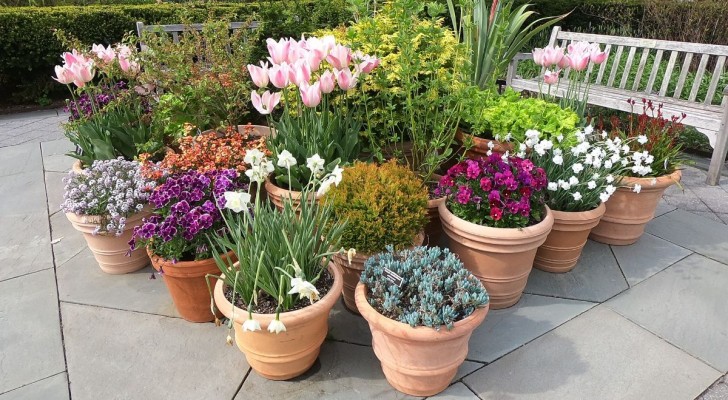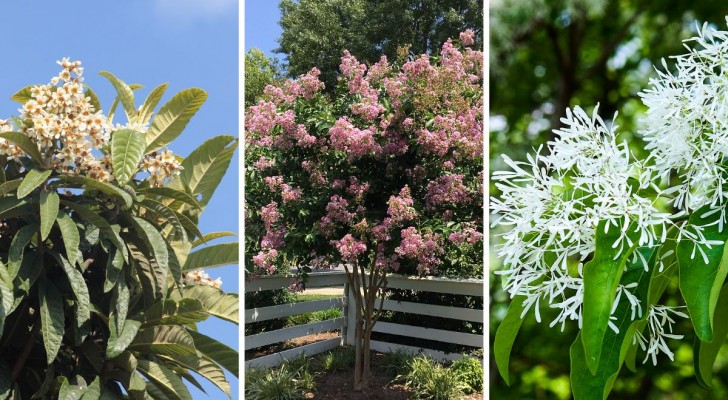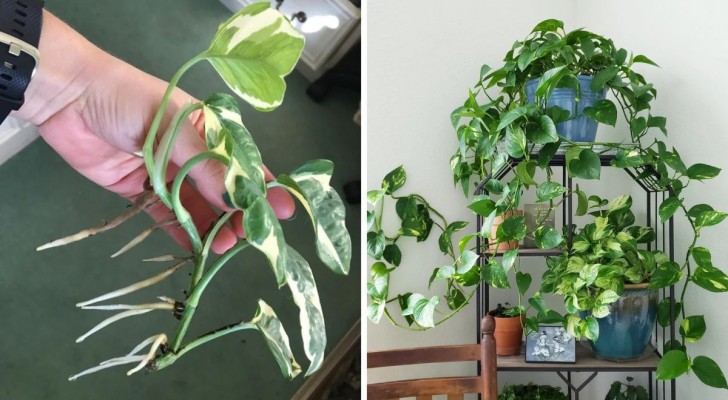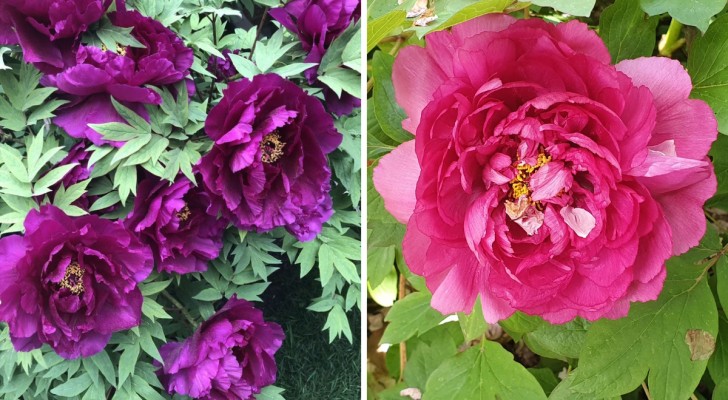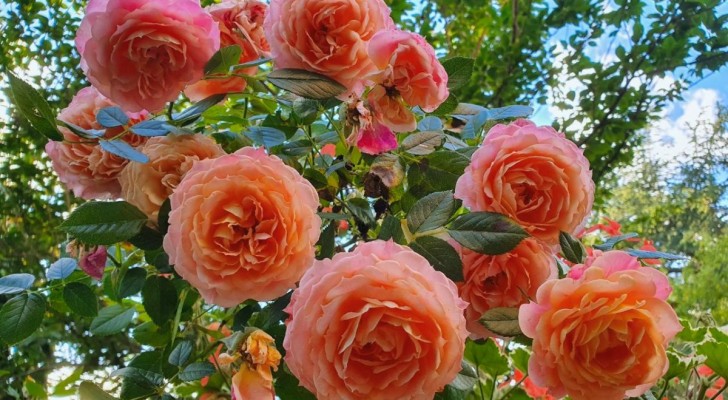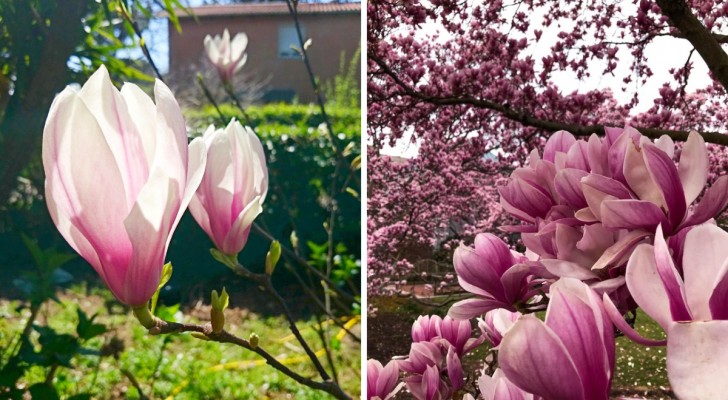Pruning roses in late winter: tips for healthy and beautiful plants

The pruning of the plants is an essential, periodic maintenance we have to do to guarantee the optimum development of various plant species, and in the case of roses, it is carried out usually at the end of winter. It should be done in February in warmer locations and by March in all the others. In fact, when the plant is no longer likely to suffer from sudden night frosts but it is still cold enough for it not to have fully entered the regrowning phase, it is possible to start with the pruning of your roses.
What is done at the end of winter is, therefore, the most important and often most significant pruning, aimed at freeing the plant of all the dead parts, renewing it so that it has a smooth, problem-free growth and ensuring it will thrive as a healthy and vigorous bush. Let's look at some useful tips for pruning roses:
via Royal Horticoltural Society
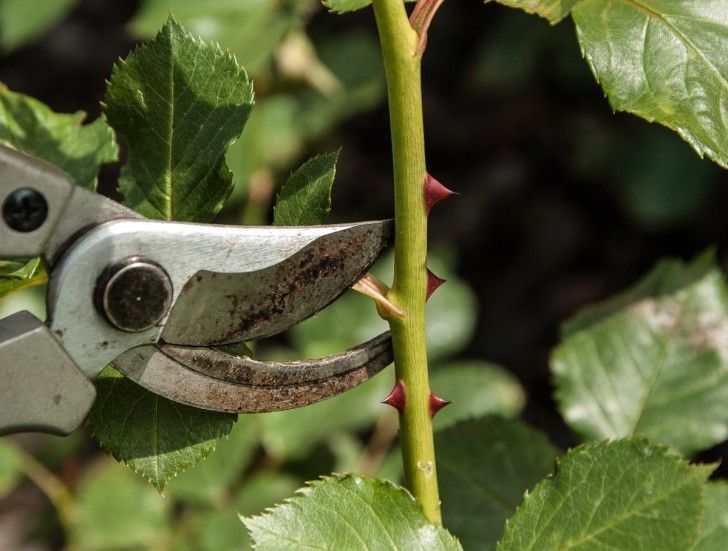
Useful general guidelines:
- Always use shears that are very sharp and well sterilized (using a flame or alcohol), and sterilize them again before moving on to the next plant.
- Always cut above a bud, about 5 millimeters above it. Choose buds that are facing the outside of the plant, so that the bush will "open" as it develops. If, on the other hand, it is a question of pruning plants that tend to spread out by themselves, and you want to promote a more vertical growth, choose to cut just above the buds that are facing inwards.
- If, on the other hand, you cannot see the optimum pruning spot by looking for buds (those that have not opened and are still dormant and not visible), then still choose to cut at a similar height for the various branches on which you will work.
- The cut must be performed at a slightly inclined angle with respect to the branch, and parallel to the direction of the bud, so that rainwater will flow away from it and will not collect near the bud itself.
- In smaller plants, or for varieties that do not need to be pruned too much, you only need to remove the dried flowers or dead twigs / branches.
- Always eliminate all dry or diseased branches from the bottom of the plant. It is also best to eliminate those which have ended up intertwining with others.
- On older roses, work on the weak branches, i.e. those that produce fewer leaves and flowers, so as to stimulate the growth of the stronger parts.
- If there are so-called "suckers", or those green branches that start at the base of the plant and often do not produce flowers but take away nourishment from the main plant, cut them off.
Great job!
